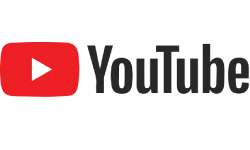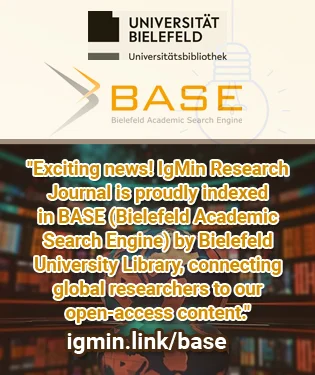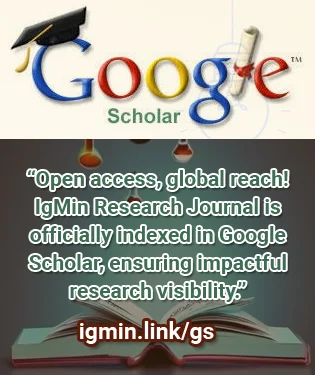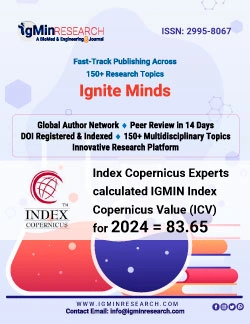Abstract
The paper represents Part 1 of 2 of the study aimed at constructing a semiclassical interaction potential between a pair of boron atoms in an analytical form, thus allowing one ab initio determination of the key ground state parameters of the diboron molecule B2. Based on semiclassical expressions for the electron orbitals of the B atom, the B–B potential function is reduced to a linear combination of exponential integrals, which can be calculated in elementary functions.







